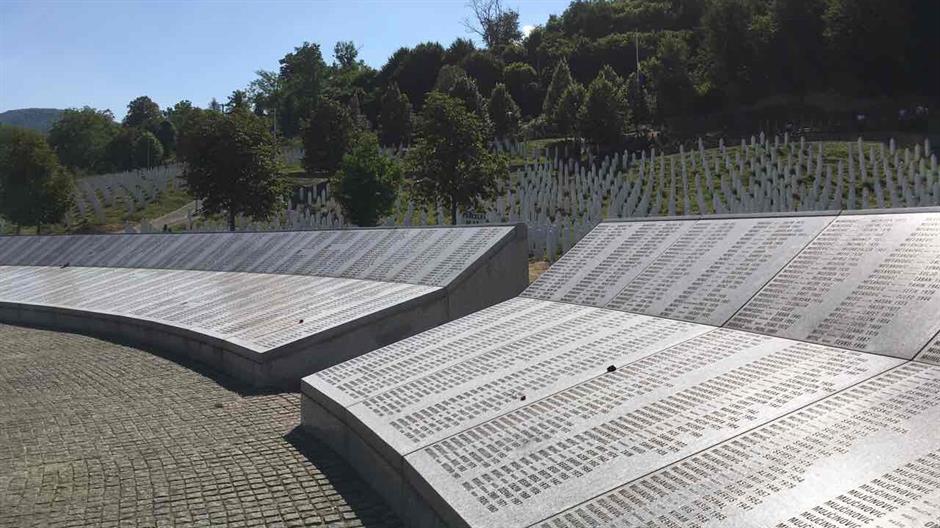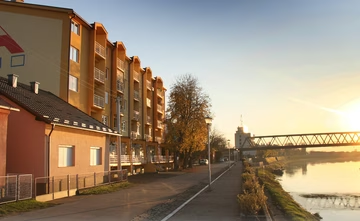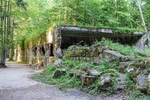Srebrenica commemoration to be held in line with epidemiological measures

Commemoration for the Srebrenica genocide victims, marking the 25th anniversary of the mass killings of Bosniaks in eastern Bosnia, will traditionally be held on July 11 but in the line with strict measures introduced during the pandemic, the organizing committee confirmed on Wednesday.
Oglas
Due to the pandemic, the commemoration will take place via video link, as in the year before, enabling local and foreign officials to send messages or address the attendees directly via video link or in a pre-recorded video message.
“Although the epidemiological situation in Bosnia and Herzegovina improved, the commemoration for the genocide victims within the 26th anniversary will be held based on the last year's event, which means that foreign officials will, if they cannot personally attend it, address the event via video message again,” the organisers said.
The committee will prepare the ceremony schedule once they receive the response to the invitations addressed to the diplomatic-consular offices and international organisations to BiH.
“Organising Committee for marking the 26th anniversary of the genocide against Bosniaks in the 'UN Safe Zone' Srebrenica is approaching responsibly the preparations for the event, with an aim to protect the health of those who will attend the commemoration and funeral on July 11. All activities and content within the genocide anniversary, especially the Peace March and marathons, will be held in line with the epidemiological measures and instructions that the competent institutions will issue at that moment,” said the organisers.
“It is our duty to send a message from Srebrenica on July 11 this year, as in the previous years, about a dignified marking of the genocide anniversary because the victims deserve it,” they added.
On July 11, 1995, Bosnian Serb forces overran the eastern Bosnian enclave and rounded up the town’s Muslim Bosniaks, separated men from women and little children and systematically executed some 8,000 men and boys.
The bodies of the victims were dumped into numerous mass graves in the area. Forensic experts excavated them and identified the bones through DNA analysis before returning the bodies to the families. Those rebury them every year on July 11 at the Memorial Centre’s cemetery.
Two international courts, the International Criminal Tribunal (ICTY) for the Former Yugoslavia and the International Court of Justice (ICJ) later ruled that the massacre was an act of genocide.
Kakvo je tvoje mišljenje o ovome?
Učestvuj u diskusiji ili pročitaj komentare
Oglas
Kakvo je tvoje mišljenje o ovome?
Učestvuj u diskusiji ili pročitaj komentare
Oglas





 Srbija
Srbija
 Hrvatska
Hrvatska
 Slovenija
Slovenija



























































